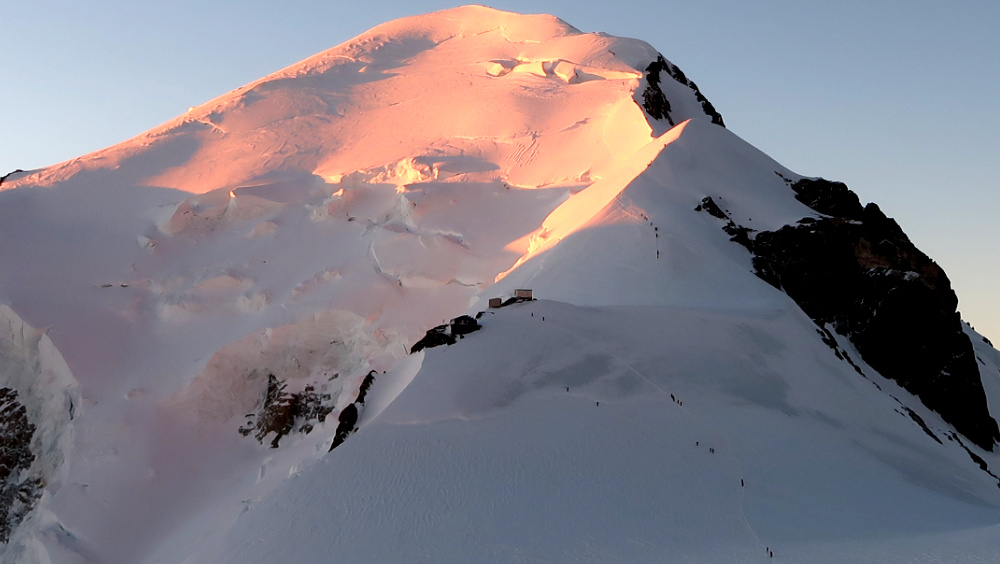At 4,806 meters, Mont Blanc (although shrinking) reigns supreme as Western Europe’s highest peak. While the first ascent in 1786 marked a historic milestone, today, thousands attempt this summit every year. Don’t be fooled however – Mont Blanc is a serious challenge, but with meticulous preparation and the right training, it can be yours to conquer.
Planning Your Mont Blanc Ascent
Chamonix, France, nestled at the foot of Mont Blanc, is easily accessible from the UK. Fly into Geneva and enjoy the scenic hour-long drive to this charming town, a hub for outdoor enthusiasts. The climbing season stretches from June to early October, but weather is king. While summer offers longer days, shoulder seasons can be less crowded. We recommend allocating at least a week for pre-summit preparations and acclimatization (adjusting your body to the lower oxygen levels at altitude).
Guided or Independent Ascent?
For most climbers, safety comes first, and that means an experienced guide. Look for an official IFMGA-qualified guide – they’re legally authorized to lead paying clients on Mont Blanc. Numerous companies organize guided ascents, catering to various experience levels.
Training for Success
While Mont Blanc is achievable for those with minimal mountaineering experience, don’t underestimate the physical demands. Pre-trip training is absolutely essential and this cannot be stressed enough. Most ascents also involve several days of acclimatisation hikes before the summit push.
Gouter (Normal) Route: The Popular Choice
The Gouter Route boasts the highest success rate. You’ll take a cable car from Les Houches to 2,300 meters, followed by a hike to the Tête Rousse Hut. Be prepared for some early morning darkness if you choose to cross the Grand Couloir – a steep and dangerous exposed gully. From the Gouter Hut, you’ll navigate snowy terrain, crossing the crevasse-laden Dome du Gouter before reaching the Vallot Hut (a high-altitude emergency shelter). The final ascent involves the challenging Bosses Ridge, a two-hour push-on to the summit. The descent typically follows the ascent route.
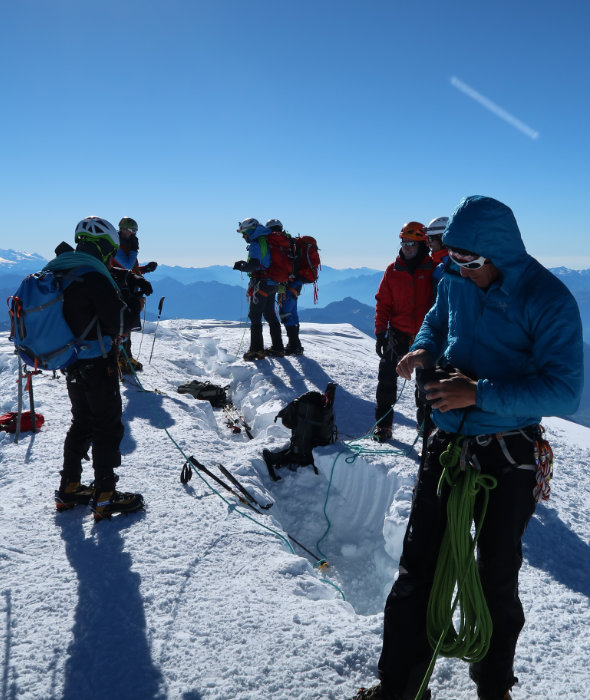
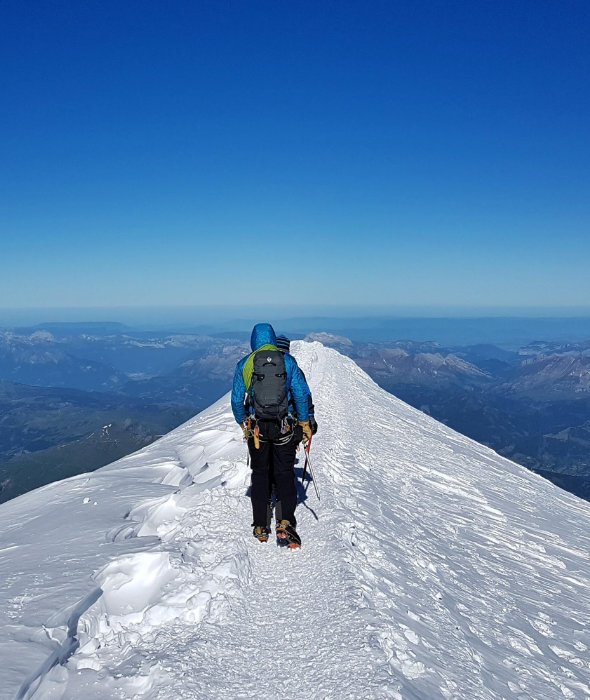
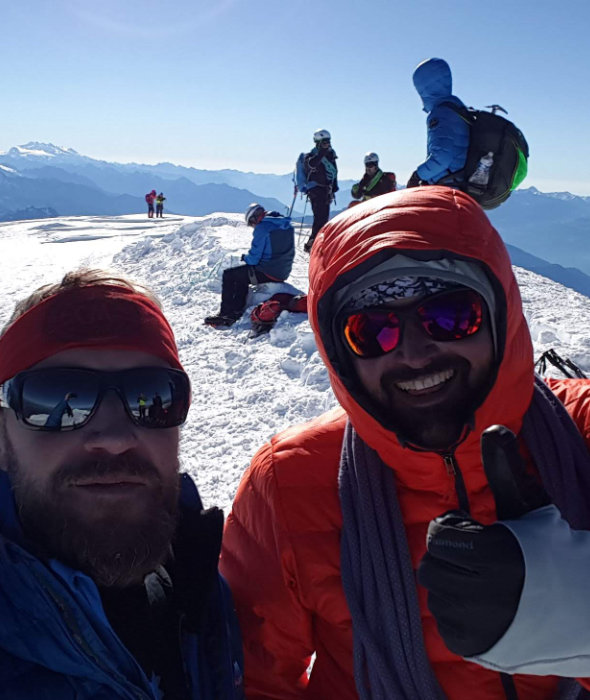

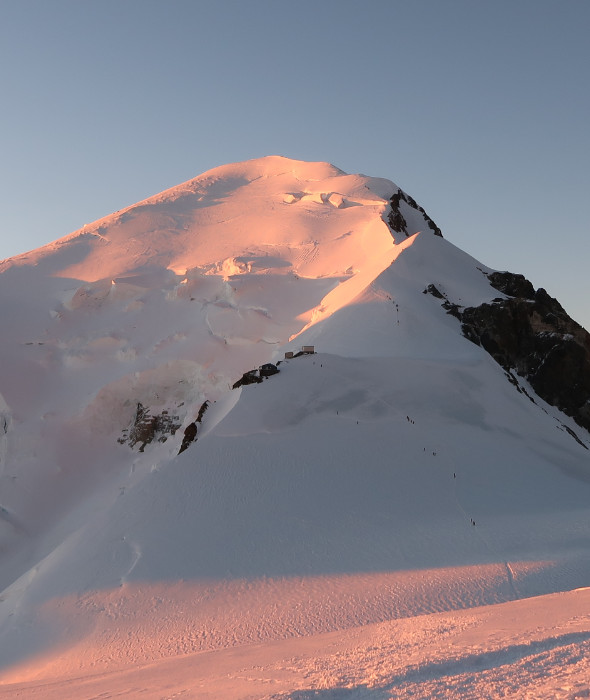
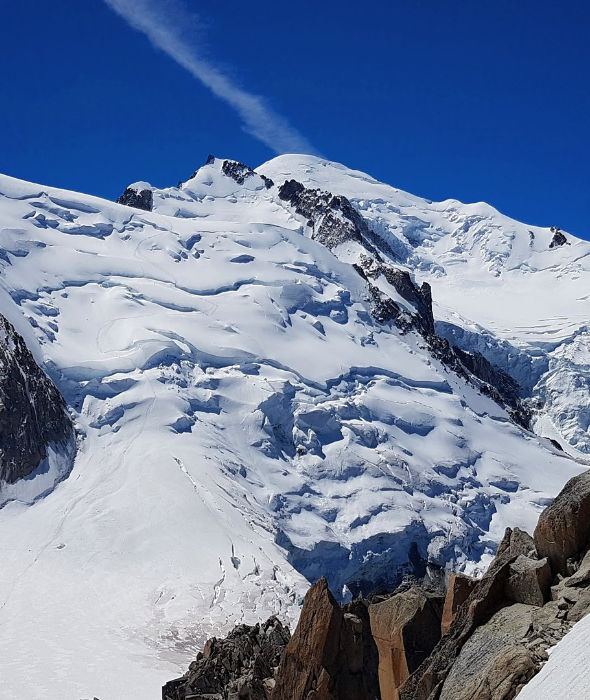
3 Monts Route: For Experienced Climbers
A tougher proposition is the 3 Monts Route, accessed by the Aiguille du Midi cable car (3,800 meters). This route is entirely on snow and ice, requiring confidence and experience on steeper sections and a higher level of technical skill. Expect longer periods above 4,000 meters, demanding more commitment and ideal weather conditions.
Key Obstacles: Fitness, Weather, and Altitude
Three main factors can derail your summit bid: lack of fitness, unpredictable weather, and altitude sickness. As altitude increases, oxygen levels decrease. Mont Blanc, at nearly 5,000 meters, falls firmly in the “very high altitude” zone. This means your body struggles to intake sufficient oxygen, leading to symptoms like breathlessness, headaches, and sleep disturbances. Most people acclimatize well, but it takes time, and individuals vary. Left unchecked, these symptoms can worsen and progress to life-threatening conditions like HACE (High Altitude Cerebral Edema) or HAPE (High Altitude Pulmonary Edema).
Here at MTN DAYS, we advocate for a minimum one-week Mont Blanc trip. This allows for acclimatisation above 2,000 meters through a combination of walking/climbing and rest. During our training workshops, we delve into altitude, its effects, prevention strategies and more. We can also guide you in choosing the perfect Mont Blanc program for your experience level alongside running a Facebook group to help others prepare to climb Mont Blanc.
Let MTN DAYS equip you with the knowledge to conquer Mont Blanc. With careful planning and the right training, you can reach the top of this iconic peak!
Remember: Safety is paramount. Always prioritise experienced guidance and thorough preparation for a successful and rewarding Mont Blanc adventure.


